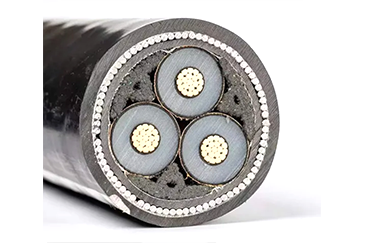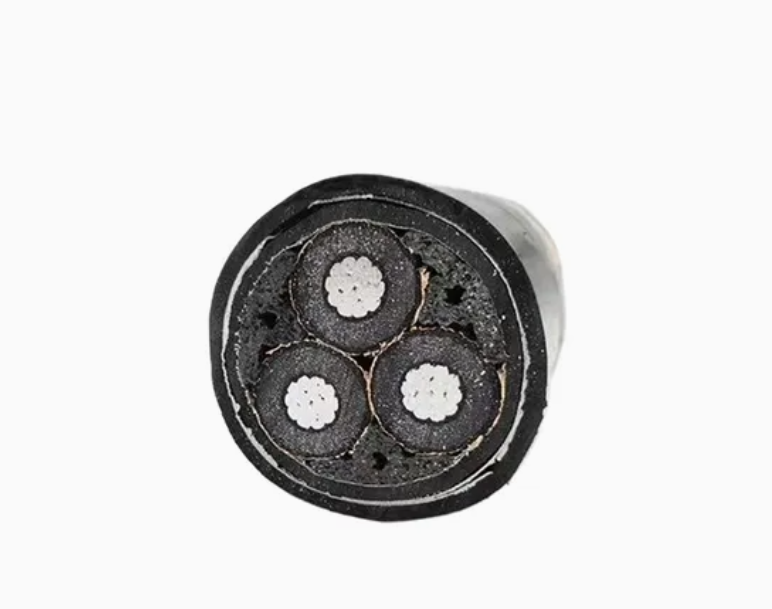Understanding 450/750V House Use Electric Wires: Essential Insights for Professionals
Time of Release:
2025-11-12
Source:
Author:
The designation "450/750V" indicates the maximum voltage rating that the wire can safely handle. This versatility allows electricians to use these wires for connecting appliances, lighting fixtures, and other electrical devices within homes. It's important to ensure that the wiring used complies with local electrical codes and standards, as improper wiring can lead to hazards such as electrical fires or equipment failure.
One of the key features of 450/750V house use electric wires is their construction. Typically, these wires consist of multiple strands of copper or aluminum conductors, which provide excellent conductivity and flexibility. Insulation materials used in these wires often include PVC or XLPE, which not only protect the conductors from external damage but also provide resistance to heat and moisture. This makes them suitable for both indoor and outdoor applications, though specific environmental conditions must always be considered.
In terms of safety, it is essential for professionals in the electrical field to be aware of the relevant standards and certifications associated with 450/750V house use electric wires. These standards ensure that the wires can withstand the electrical loads and environmental conditions they will encounter. Additionally, professionals should pay attention to the installation practices, such as proper spacing, securing of wires, and avoiding sharp bends, to maintain the integrity and performance of the wiring system.
Furthermore, it is advisable to conduct regular inspections and maintenance on electrical installations involving 450/750V wires. This can help identify any potential issues early on, such as wear, corrosion, or insulation breakdown, ensuring that the electrical system remains safe and functional.
In conclusion, 450/750V house use electric wires are an integral part of residential electrical systems, offering versatility and safety when installed correctly. For professionals in the electrical industry, understanding the characteristics, applications, and safety standards of these wires is essential for delivering high-quality electrical work that meets both client needs and regulatory requirements. By staying informed and practicing diligence in installation and maintenance, electricians can contribute to safer and more efficient electrical systems in homes.
Related information

Understanding 450/750V House Use Electric Wires: Essential Insights for Professionals
When it comes to residential electrical installations, the choice of wiring is crucial for ensuring safety, efficiency, and compliance with regulatory standards. Among the various types of wires available, 450/750V house use electric wires are particularly common in residential settings. These wires are designed to handle the voltage levels typically found in household electrical systems, making t
2025-11-12


The Role of 26/35kV Aluminum Power Cables in Smart Grid Technology
The Role of 26/35kV Aluminum Power Cables in Smart Grid Technology Table of Contents 1. Introduction to Smart Grids and Power Cables 2. Importance of 26/35kV Aluminum Power Cables 3. Benefits of Using Aluminum for Power Cables 4. Applications of 26/35kV Aluminum Power Cables in Smart Grids 5. Technical Specifications of 26/35kV Aluminum Power Cables 6. Challenges in Implementing 26/35
2025-11-09


Understanding 8.7/15kV Triple Cores Aluminum Power Cable: A Comprehensive Guide
When it comes to power distribution, the choice of cable is critical to ensuring operational efficiency and safety. The 8.7/15kV triple cores aluminum power cable is specifically designed for medium voltage applications, making it a popular choice among electricians and engineers. Understanding the features and benefits of this type of cable can help you make informed decisions for your projects.
2025-11-06




